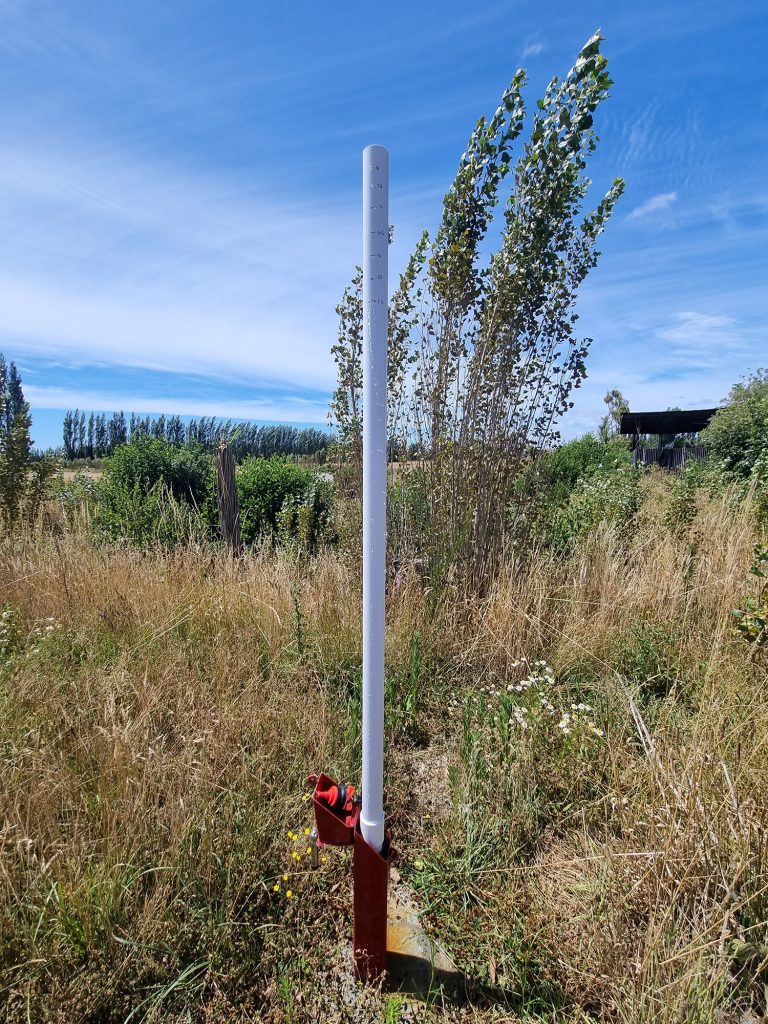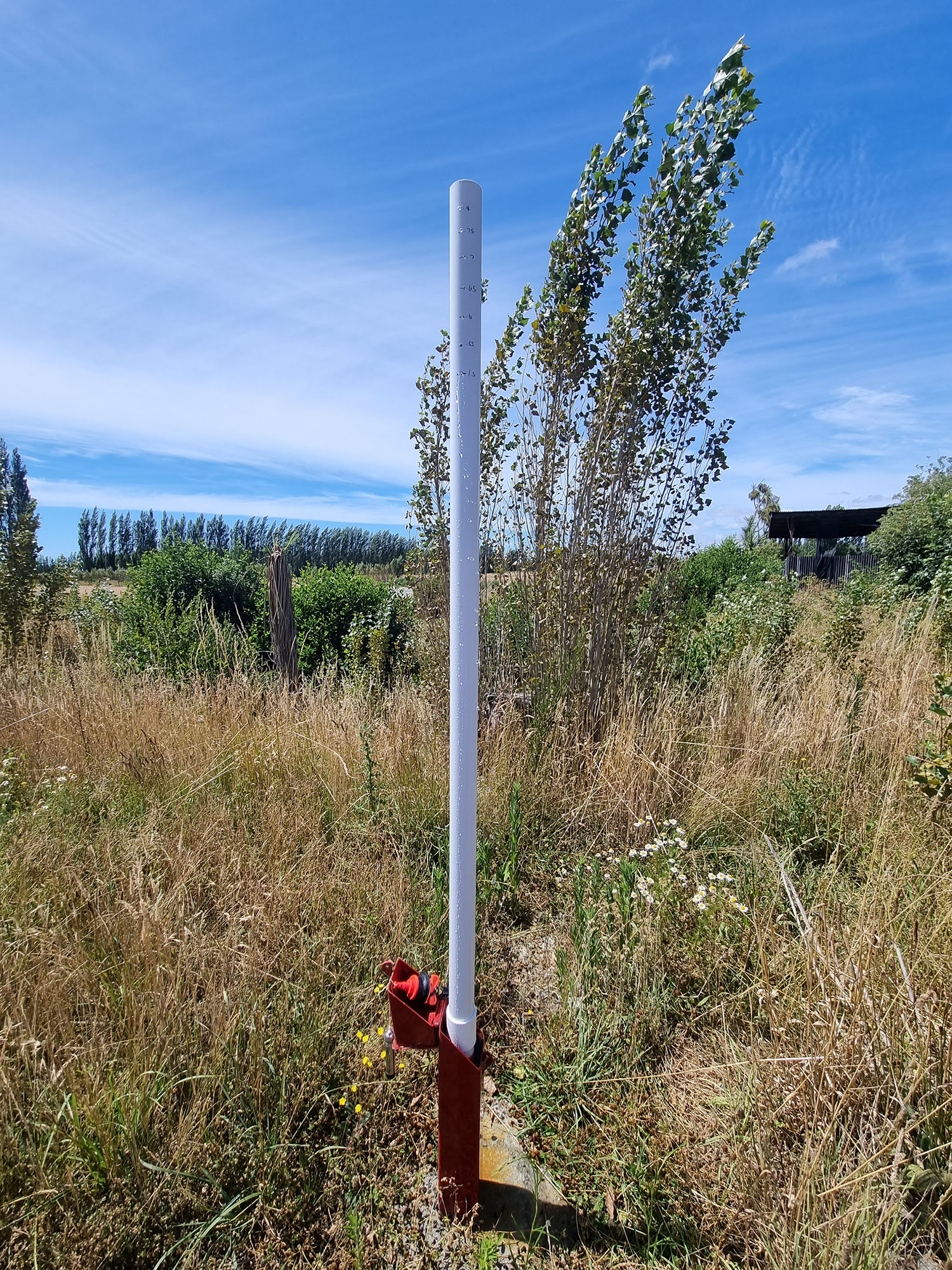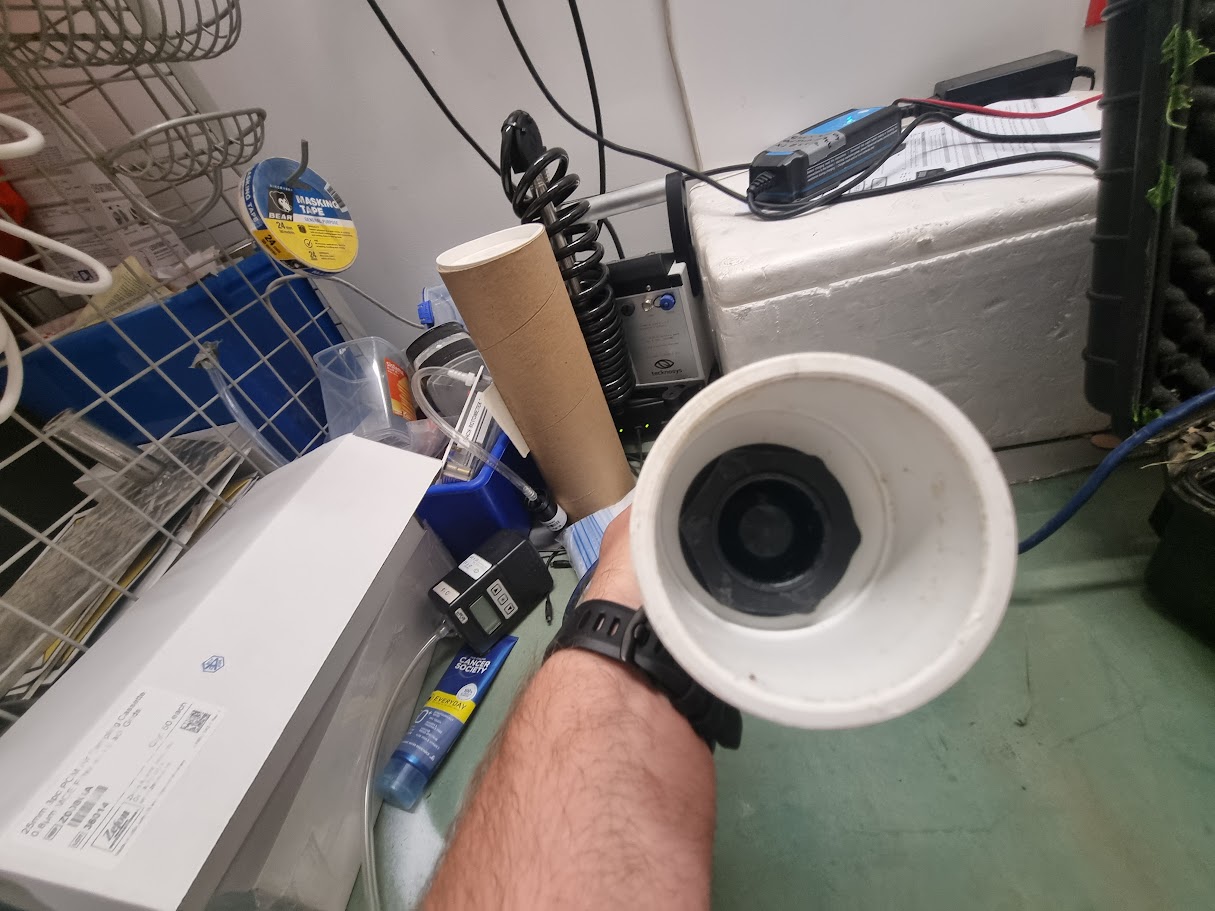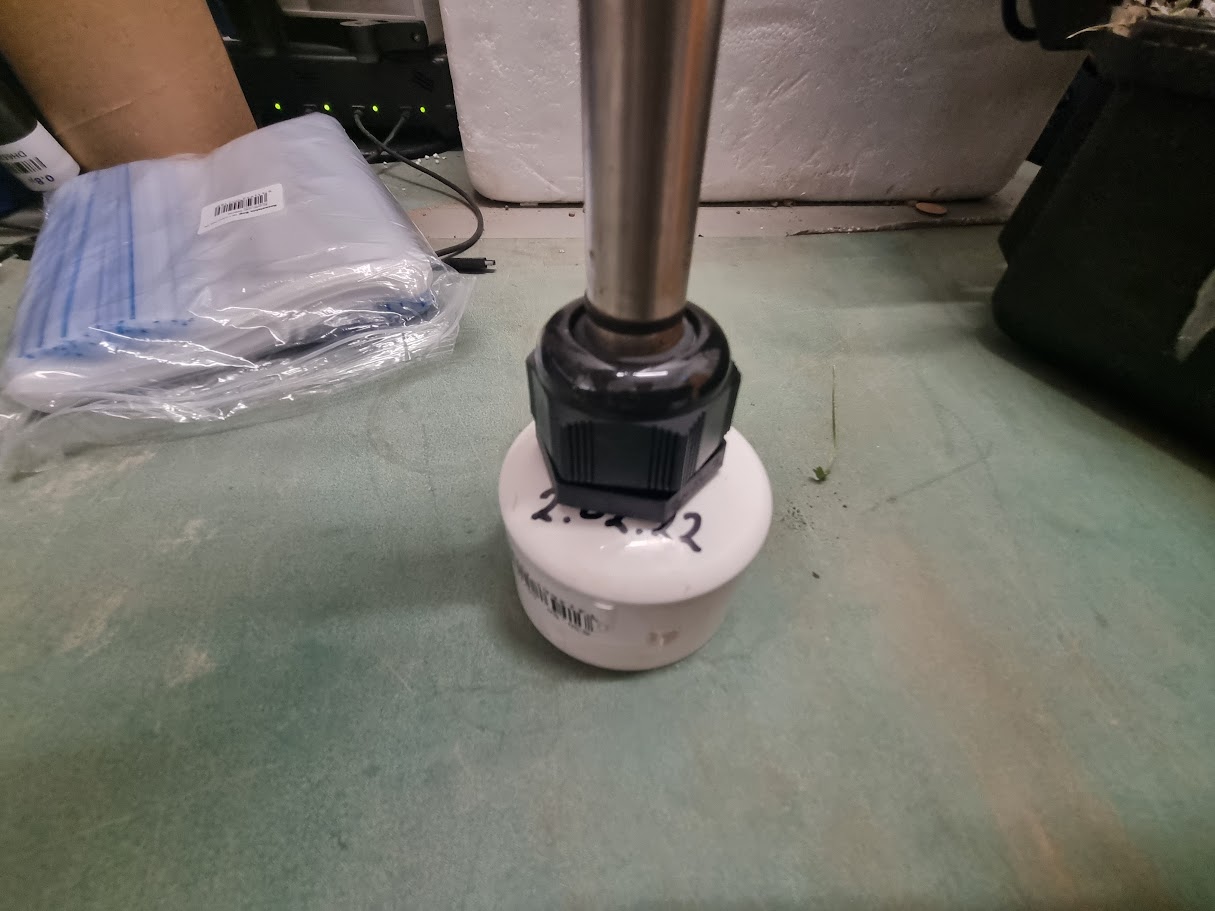

A lesson in Critical thinking..

14th March 2024
Socrates would have been proud of us last week.. The level of discussion and uncertainty that ensued over what appeared to be a simple question evolved into multiple email chains that deserved to be discussed over a few bottles of port and a box on Cuban cigars..
The subject of logging head of pressure in artesian bores pops up periodically and always the question around methodology. And then of course proof of concept. We worked through this recently with the Environmental team at ENGEO Christchurch and the project leader Jonathan Hupman was kind enough to provide feedback on their findings. First up, what pressures are we looking at?

The maximum pressure of the bore will dictate the range of logger to be installed. How do we obtain this initial data? Next the question as to whether absolute loggers will work in this environment. Theoretically an absolute logger entombed in a capped artesian bore is still subject to the same atmospheric conditions as an open bore? Then the question as to how and where do you place a logger in the bore. If it’s a meter below a capped bore, does it measure that meter of water column plus the positive pressure?
The concept seems simple and yet it bends the mind… In order to remove some of these variables we came up with the following concept. Use a vented logger to negate the questions around atmospheric pressure. Next mount the sensor flush with the top of the bore so we are measuring positive pressure only. Jonathan did this with a cable gland fitting. A simple and tidy solution.

Now the important question…. What pressures are we looking at? The maximum pressure of the bore will dictate the range of logger to be installed. Use a sensor with too small a range and at best you get no data, at worst a damaged sensor. You could do this with a sensitive pressure gauge (more about this later) but rather delightfully Jonathan opted for a more physical approach. Extend the bore casing until it is high enough to contain the head of water. Naturally this would be impractical if the pressure were more than a few meters of head but in this case about a meter and a half was enough to illustrate a pleasing visual proof. So a 10m range sensor was more than adequate for this project. Now we have all the pieces of the puzzle. A system that removes most of the variables and a visual proof of the actual head of pressure. All we do now is ask the logger to take a reading and………… It agrees with the manual proof. Phew! Thank goodness for that!

Under the circumstances described, the system employed yielded representative data but it was far from a foregone conclusion given the number of variables at play. This was a fun one to break down with the ENGEO team and my (more senior) colleagues within the group. As is common with those with extra life experience, grey hair and in some cases no hair at all, the question as to a perfect methodology was met with caution and quite the Socratic dialogue.. For example, what if there were an air pocket in the top of the bore. What affect would a volume of air under varying pressure have to the accuracy of the system. What if the bore was not always under positive pressure? Any zero or negative pressure would be recorded as zero by the sensor and essentially result in an incomplete dataset. Can we guarantee a truly sealed bore? Or is pressure being released elsewhere? It was also suggested that it would be prudent to monitor atmospheric pressure to track any effects over the course of the logging period. By the way, Jonathan did also trial an absolute logger in the bore compensated with an atmospheric logger. Results were unsatisfactory but agreed to be inconclusive as there were some additional variables including a question as to the pressure range of logger available at the time.

So there it is. If you find the conversation running thin at the dinner table…… ask the hydrogeologist what they got up to today. It’s bound to inspire a heated debate. I suppose we could have asked ChatGPT but who would invite them to dinner!
Dirk van Walt, Van Walt Ltd, New Zealand Branch
Wanaka, 14th March 2024
You might also be interested in...
Build, test, validate and then deploy
21st October 2024In my previous blogs covering the initial phases of building telemetry systems I have talked about the importance of setting and agreeing clear requirements and the importance of a site visit. In this...
Read MoreUnderstanding the requirements – Part 2
8th July 2024In a previous blog I wrote about the need for clear requirements and why we ask so many questions. To recap, in summary - we cannot recommend, build and install a solution to meet your demands without...
Read MoreSampling equipment does not need to be expensive
18th April 2024… especially when it concerns sampling for (soil) pore water.
Read MoreVan Walt Environmental Equipment
A small selection of our environmental equipment